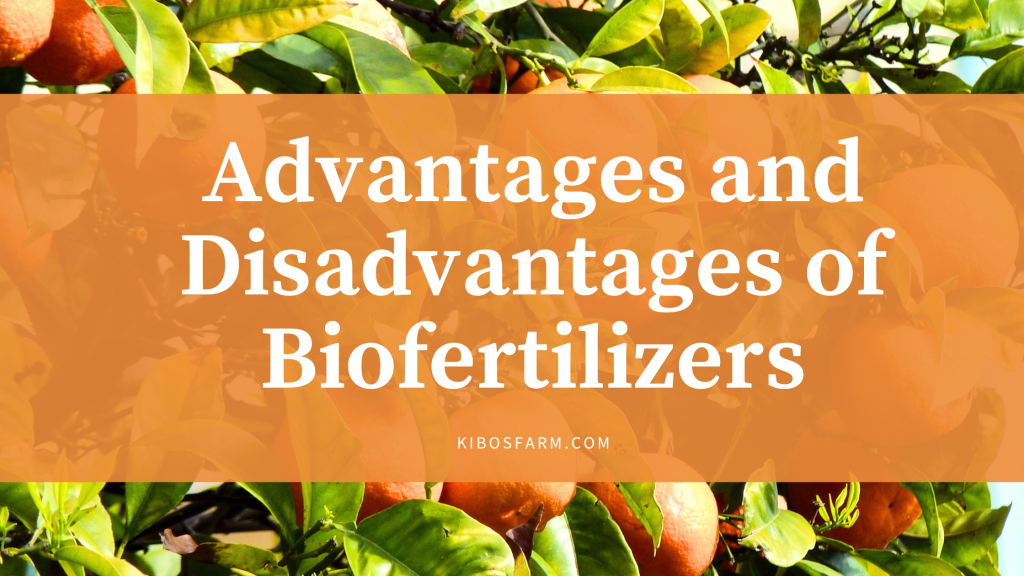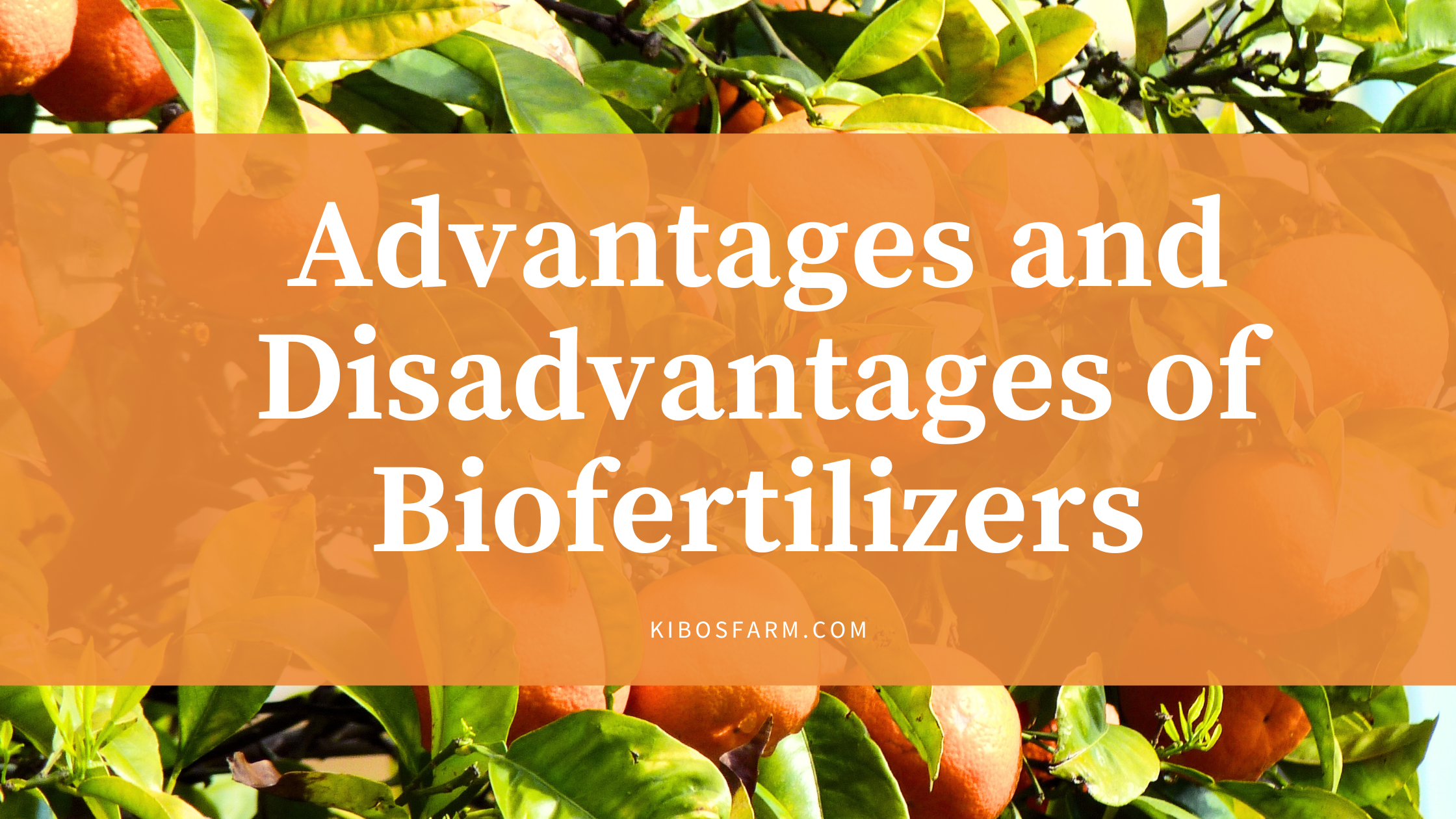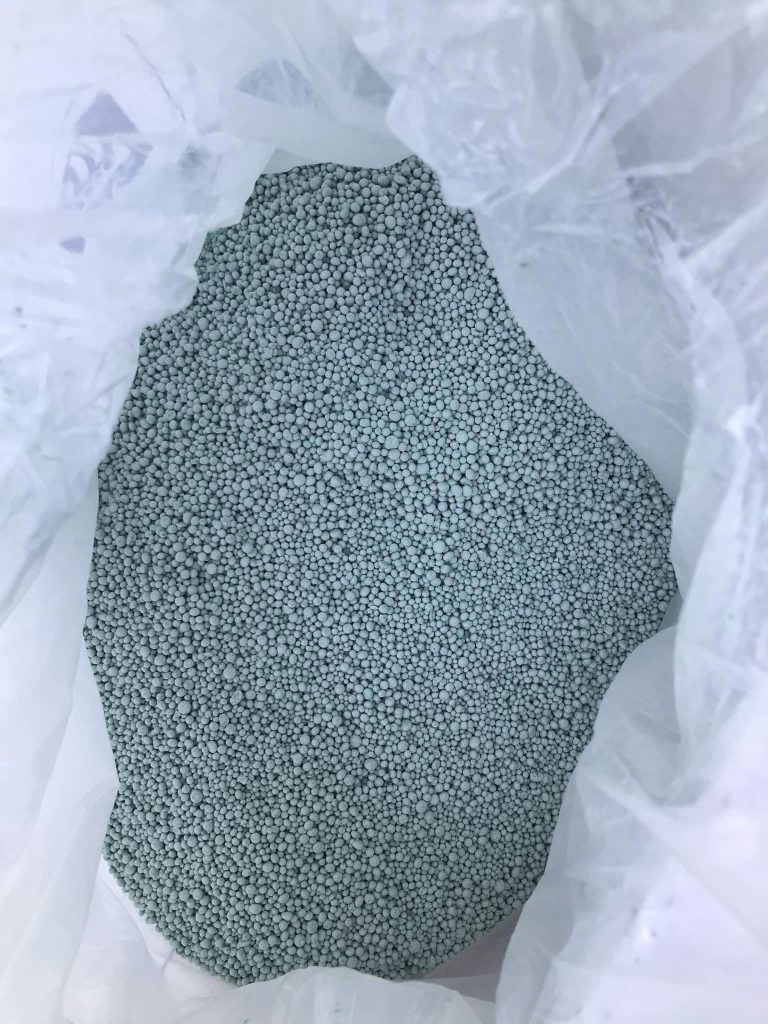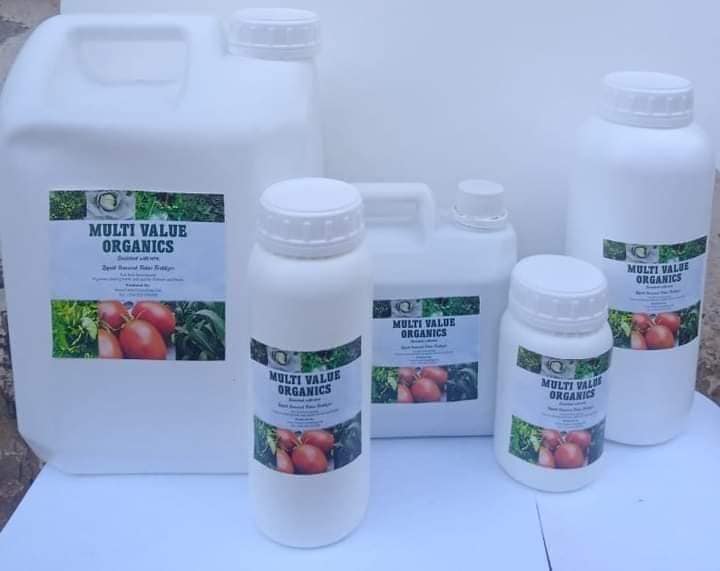Advantages and Disadvantages of Biofertilizers
Biofertilizers are substances containing living microorganisms that enhance the nutrient quality and availability in the soil when applied, thereby increasing crop productivity.
Compared to traditional chemical fertilizers, biofertilizers provide nutrients through natural processes and are considered an environmentally friendly alternative. However, they also have some limitations.
This article examines the key advantages and disadvantages of using biofertilizers.
What are Biofertilizers?
Biofertilizers are made up of living microorganisms such as bacteria, fungi, and cyanobacteria that fix atmospheric nitrogen, solubilize phosphorus, stimulate plant growth through hormone production, and control diseases. The most common types of biofertilizers include:
- Rhizobium – Fixes atmospheric nitrogen in legumes
- Azospirillum – Fixes nitrogen and produces growth-promoting hormones
- Azotobacter – Fixes nitrogen in non-leguminous plants
- Phosphate solubilizing bacteria – Solubilizes insoluble phosphates
- Mycorrhizal fungi – Enhances phosphorus uptake
When applied to seeds, plant surfaces, or soil, biofertilizers multiply and make nutrients more available for plant uptake through various mechanisms, thereby enhancing soil fertility and crop productivity.

Advantages and Disadvantages of Biofertilizers
Advantages of Biofertilizers
1. Improve soil health and fertility
Biofertilizers introduce beneficial microbes into the soil that produce organic acids, polysaccharides etc. which improve soil structure, water infiltration and retention. The microbes also facilitate nutrient cycling, enhancing the soil’s natural fertility over time.
2. Increase crop productivity
By making nutrients like nitrogen, phosphorus, and potassium more available, biofertilizers improve plant growth, development, and final crop yields. Field studies show yield increases of 10-30% for various crops when using biofertilizers.
3. Reduce environmental impact
Unlike chemical fertilizers that can contaminate water bodies through leaching and runoff, biofertilizers have minimal adverse environmental effects. They do not leave any toxic residues and help reduce reliance on synthetic chemicals.
4. Cost-effectiveness
Biofertilizers are cheaper to manufacture and apply compared to chemical fertilizers. Their one-time application provides nutrients over an extended period through microbial processes. This reduces fertilizer costs for farmers.
5. Sustainable option
Biofertilizers provide plant nutrients through renewable biological processes. Their use promotes sustainable agriculture by reducing dependence on non-renewable resources required for chemical fertilizers.
Disadvantages of Biofertilizers
1. Lower nutrient content
The nutrient content in biofertilizers is relatively lower than chemical fertilizers. To achieve similar results, higher quantities may be needed leading to increased costs.
2. Storage difficulties
Biofertilizers contain live organisms and require careful storage and handling to maintain viability and efficacy. Refrigeration is often needed which increases costs.
3. Variable performance
Performance of biofertilizers can vary depending on soil, climatic conditions and crop variety. Optimal results may not be achieved under unfavorable conditions unlike chemical fertilizers.
4. Specificity
Different biofertilizer strains show specificity to crop species. This requires farmers to select appropriate strains to match their crops.
5. Slower nutrient release
Nutrients in biofertilizers are released slowly through microbial processes. This delayed release may not provide nutrients aligned with the crop’s high demand periods.
Optimizing the Use of Biofertilizers
Despite some limitations, biofertilizers serve as an important alternative to reduce over-dependence on chemical fertilizers. Some ways to optimize their use include:
- Combining biofertilizers with reduced chemical fertilizer doses as integrated nutrient management
- Modifying biofertilizer strains for wider specificity through biotechnological advancements
- Developing customized biofertilizer formulations targeted to specific crops and soils
- Improving storage and delivery systems to enhance shelf-life and farmer accessibility
- Creating awareness among farmers through demonstrations and training on proper biofertilizer applications

Conclusion
The use of biofertilizers is a step toward sustainable agriculture that aims to enhance soil health and productivity by harnessing natural biological processes. When used judiciously in combination with chemical fertilizers, biofertilizers can reduce environmental degradation and input costs for farmers.
Further research to improve biofertilizer efficiency along with governmental support can maximize their benefits and promote wider adoption.
Their eco-friendly and renewable nature makes biofertilizers a promising technology to enhance food production while preserving our ecosystems.






